Thank you for downloading this Simon & Schuster ebook.
Get a FREE ebook when you join our mailing list. Plus, get updates on new releases, deals, recommended reads, and more from Simon & Schuster. Click below to sign up and see terms and conditions. CLICK HERE TO SIGN UP Already a subscriber? Provide your email again so we can register this ebook and send you more of what you like to read. You will continue to receive exclusive offers in your inbox.
We hope you enjoyed reading this Simon & Schuster ebook.
Get a FREE ebook when you join our mailing list. Plus, get updates on new releases, deals, recommended reads, and more from Simon & Schuster. Click below to sign up and see terms and conditions. CLICK HERE TO SIGN UP Already a subscriber? Provide your email again so we can register this ebook and send you more of what you like to read. You will continue to receive exclusive offers in your inbox.
ALSO BY HAROLD BLOOM Cleopatra: I Am Fire and Air Falstaff: Give Me Life The Daemon Knows The Shadow of a Great Rock: A Literary Appreciation of The King James Bible The Anatomy of Influence: Literature as a Way of Life Till I End My Song: A Gathering of Last Poems Fallen Angels American Religious Poems: An Anthology Jesus and Yahweh: The Names Divine Where Shall Wisdom Be Found? The Best Poems of the English Language: From Chaucer Through Frost Hamlet: Poem Unlimited Stories and Poems for Extremely Intelligent Children of All Ages How to Read and Why Shakespeare: The Invention of the Human Omens of Millennium The Western Canon The American Religion The Book of J Ruin the Sacred Truths Poetics of Influence The Strong Light of the Canonical Agon: Towards a Theory of Revisionism The Breaking of the Vessels The Flight to Lucifer: A Gnostic Fantasy Wallace Stevens: The Poems of Our Climate Figures of Capable Imagination Poetry and Repression A Map of Misreading Kabbalah and Criticism The Anxiety of Influence The Ringers in the Tower: Studies in Romantic Tradition Yeats Commentary on David V. Erdmans Edition of The Poetry and Prose of William Blake Blakes Apocalypse The Visionary Company Shelleys Mythmaking


Scribner An Imprint of Simon & Schuster, Inc. 1230 Avenue of the Americas New York, NY 10020 www.SimonandSchuster.com Copyright 2018 by Harold Bloom All rights reserved, including the right to reproduce this book or portions thereof in any form whatsoever. For information, address Scribner Subsidiary Rights Department, 1230 Avenue of the Americas, New York, NY 10020. First Scribner hardcover edition April 2018 SCRIBNER and design are registered trademarks of The Gale Group, Inc., used under license by Simon & Schuster, Inc., the publisher of this work. For information about special discounts for bulk purchases, please contact Simon & Schuster Special Sales at 1-866-506-1949 or .
The Simon & Schuster Speakers Bureau can bring authors to your live event. For more information or to book an event, contact the Simon & Schuster Speakers Bureau at 1-866-248-3049 or visit our website at www.simonspeakers.com. Interior design by Erich Hobbing Jacket design by Jonathan Bush Jacket photograph of Laurence Olivier in the role of King Lear 2002 / Topfoto / Alinari Archives Library of Congress Cataloging-in-Publication Data Names: Bloom, Harold, author. Title: Lear : the great image of authority / Harold Bloom. Description: First Scribner hardcover edition. | Series: Shakespeares personalities | Includes bibliographical references and index. | Series: Shakespeares personalities | Includes bibliographical references and index.
Identifiers: LCCN 2017061767 (print) | LCCN 2018000054 (ebook) | ISBN 9781501164217 (ebook) | ISBN 9781501164194 (hardback) Subjects: LCSH: Lear, King of England (Legendary character) | Shakespeare, William, 15641616. King Lear. | Kings and rulers in literature. | BISAC: LITERARY CRITICISM / Shakespeare. | LITERARY CRITICISM / Renaissance. | LITERARY CRITICISM / Drama.
Classification: LCC PR2993.L4 (ebook) | LCC PR2993.L4 B57 2018 (print) | DDC 822.3/3dc23 LC record available at https://lccn.loc.gov/2017061767 ISBN 978-1-5011-6419-4 ISBN 978-1-5011-6421-7 (ebook) For Susan Spero and Gary Heller
Contents
Acknowledgments
I would like to acknowledge my remarkable research assistant, Alice Kenney, and my devoted editor, Nan Graham. As always I am indebted to my literary agents, Glen Hartley and Lynn Chu. I have a particular debt to Glen Hartley, who first suggested this sequence of five brief books on Shakespeares personalities.
Authors Note
In the main, I have followed the 1997 Arden edition, but have repunctuated according to my understanding of the text. In a few places, I have restored Shakespeares language, where I judge traditional emendations to be mistaken.
CHAPTER 1
Every Inch a King
Shakespeares most challenging personalities are Prince Hamlet and King Lear.
The Tragedy of Hamlet Prince of Denmark and The Tragedy of King Lear rival each other as the two ultimate dramas yet conceived by humankind. Hamlet and Lear have virtually nothing in common. The Prince of Denmark carries intellect and consciousness to their limits. King Lear of Britain lacks self-awareness and any understanding of other selves, yet his capacity for feeling is beyond measure. The ironies of both personalities are too large to be fully seen. Readers and playgoers have to confront the difficulty of judging what is ironic and what is not.
Hamlets inwardness is available to us through his seven soliloquies but their interpretation frequently is blocked because no other dramatic protagonist is so adept at not saying what he means or not meaning what he says. Lear incessantly proclaims his anguish, fury, outrage, and grief, and while he means everything he says, we never become accustomed to his amazing range of intense feeling. His violent expressionism desires us to experience his inmost being, but we lack the resources to receive that increasing chaos. We know almost nothing of Shakespeares own inwardness. His beliefs or absence of them cannot be induced from his plays or poems. I find it useless to speculate about his religious orientation.
Whether Shakespeare the man was Protestant or recusant Catholic, skeptic or nihilist, I neither know nor care. Hamlet and King Lear both contain biblical references but neither is a Christian drama. There is no question of redemption in either play. A Christian work, however tragic, must finally be optimistic. In King Lear there are only three survivors: Edgar, Albany, Kent. Lear and Gloucester die of inextricably fused joy and grief.
The monsters Goneril, Regan, Cornwall, Oswald all die violently. Edmund the Bastard is cut down by his half brother Edgar. The Fool vanishes. Cordelia is murdered. When Lear dies, there are apocalyptic overtones: Kent: Is this the promised end? Edgar: Or image of that horror? Albany: Fall, and cease. act 5, scene 3, lines 26162 Those are not the accents of Christian optimism.
Shakespeare being Shakespeare, I have not the temerity to suggest precisely what they are. The gods of King Lear are curiously Roman in name though the more or less historical King Leir was supposed to have reigned about the time of the founding of Rome, in the eighth century before the Common Era. That might have made Leir the contemporary of the prophet Elijah, and so alive a century before King Solomon the Wise. King James I, who was the crucial member of the audience attending Shakespeares plays from 1603 until 1613, has been called the wisest fool in Christendom. As King he regarded himself as a mortal God and fancied he was the new King Solomon. He is perhaps the only monarch of Britain who was an intellectual of sorts, and he wrote a few mediocre books.
Next page

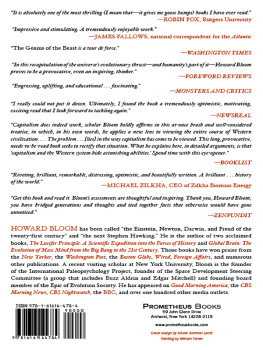
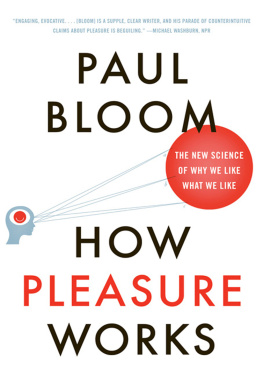
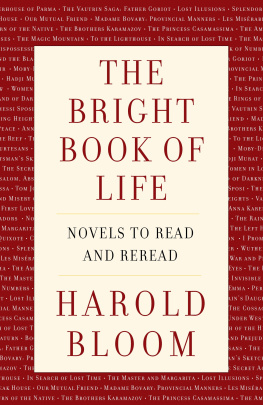
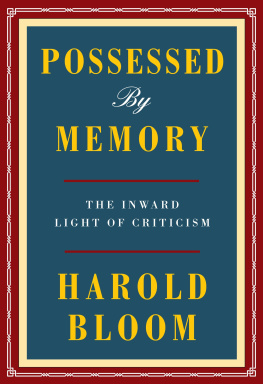
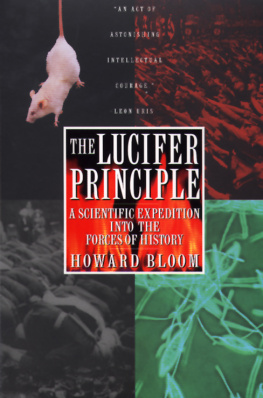
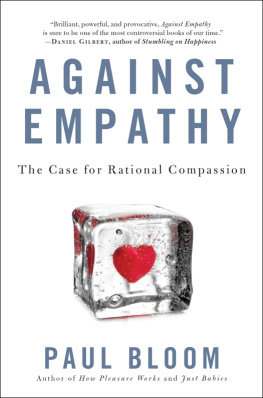
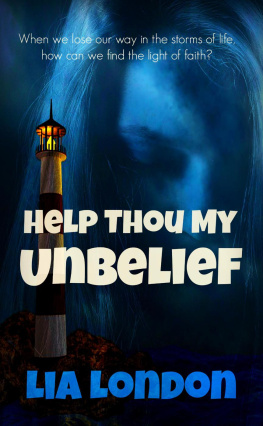
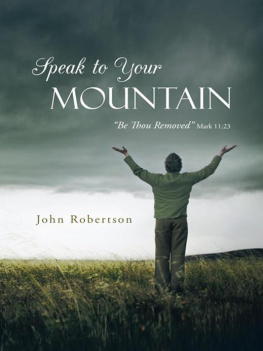
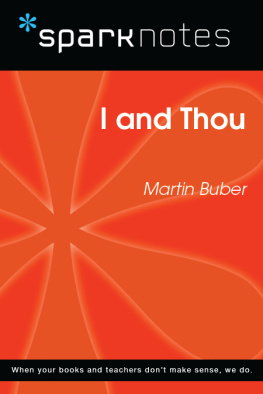
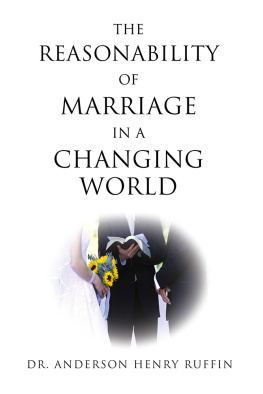
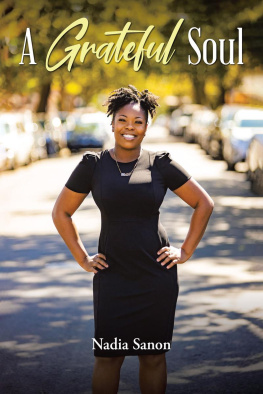
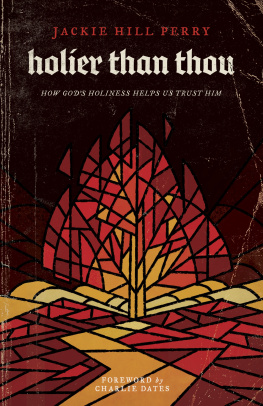
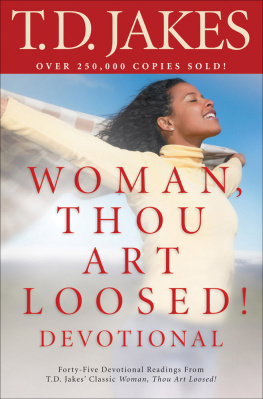
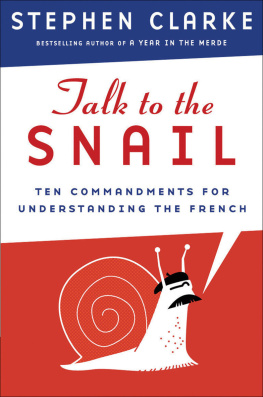
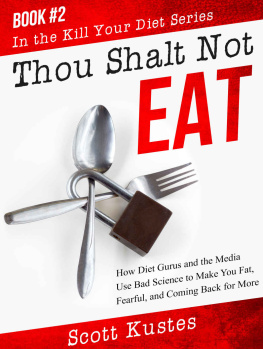

 Scribner An Imprint of Simon & Schuster, Inc. 1230 Avenue of the Americas New York, NY 10020 www.SimonandSchuster.com Copyright 2018 by Harold Bloom All rights reserved, including the right to reproduce this book or portions thereof in any form whatsoever. For information, address Scribner Subsidiary Rights Department, 1230 Avenue of the Americas, New York, NY 10020. First Scribner hardcover edition April 2018 SCRIBNER and design are registered trademarks of The Gale Group, Inc., used under license by Simon & Schuster, Inc., the publisher of this work. For information about special discounts for bulk purchases, please contact Simon & Schuster Special Sales at 1-866-506-1949 or .
Scribner An Imprint of Simon & Schuster, Inc. 1230 Avenue of the Americas New York, NY 10020 www.SimonandSchuster.com Copyright 2018 by Harold Bloom All rights reserved, including the right to reproduce this book or portions thereof in any form whatsoever. For information, address Scribner Subsidiary Rights Department, 1230 Avenue of the Americas, New York, NY 10020. First Scribner hardcover edition April 2018 SCRIBNER and design are registered trademarks of The Gale Group, Inc., used under license by Simon & Schuster, Inc., the publisher of this work. For information about special discounts for bulk purchases, please contact Simon & Schuster Special Sales at 1-866-506-1949 or .